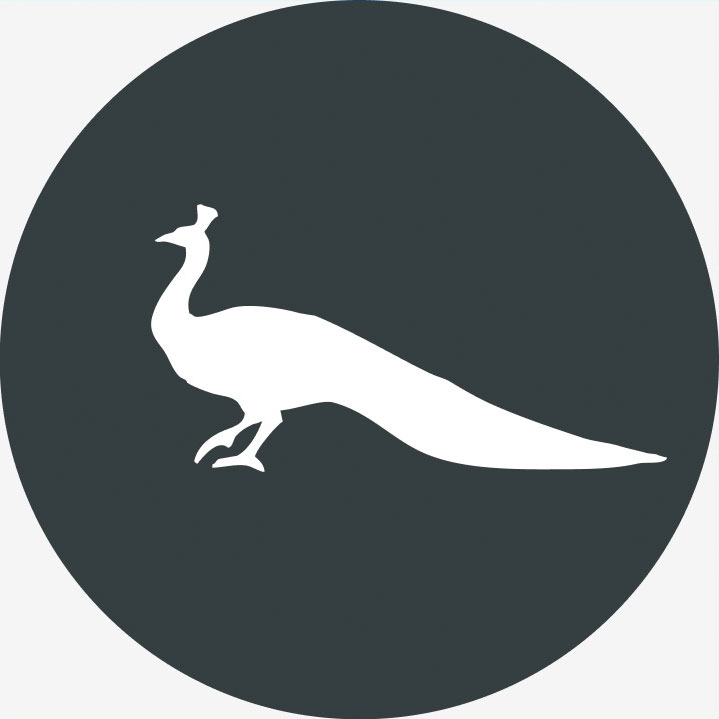The demolition of Halnaby Hall is a warning from history, but destruction needn't always be a disaster
The loss of our great country houses is lamentable, but need not always spell doom. Lucy Denton of Bidwells – who has family connections to the infamously-demolished Halnaby Hall – explains.


The wretched fate of Halnaby Hall, a 17th-century mansion in North Yorkshire, was depicted to gruesome effect on the cover of the 1974 The Destruction of the Country House, shown compellingly before and after its devouring by the wrecking ball.
The skeletal mess of timber frames and jagged plaster represented the worst of the archetypal demises of so many of these once-powerful domains.
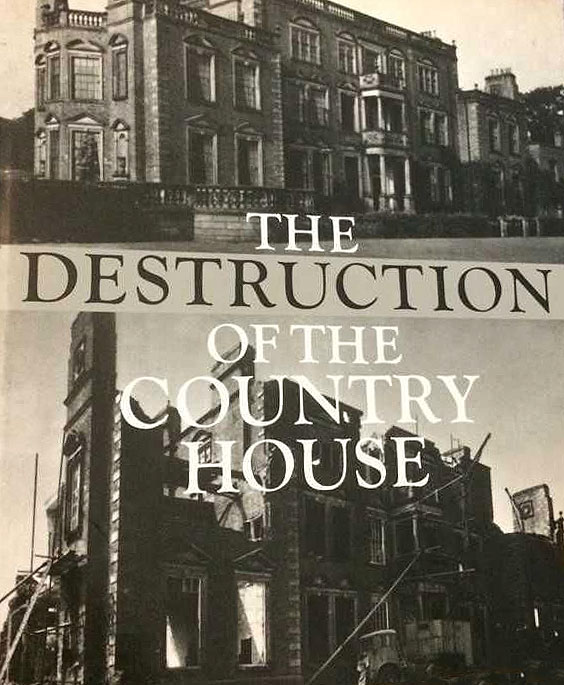
Formerly the seat of the Milbanke family, Halnaby was also renowned as the setting of Byron’s dismal honeymoon (disparagingly referred to as his ‘treaclemoon’) in 1815.
Recorded in folklore as by Inigo Jones (although it was built in 1661, nearly 10 years after his death), Halnaby was not alone in its unbecoming finale. It was destroyed, as with so many, by a drip-fed ruination, taking in the agricultural depression, World Wars, disruptions in ownership, emaciation of its estate and the rebuff of the National Trust.

Extraordinarily, in 1951, it was pronounced by North Riding County Council as of ‘no national, historical, or architectural interest’. Its last custodian, George Gregory, fought to save it as a country club, to no avail.
What was described in the sale details of 1852 – estate dwellings, plantation and more than 15,000 acres of land – had dwindled to almost nothing a century later. Amputated parts of the house were relocated; the entire dining room, for example, was ‘re-established’ at the Bridge Inn, on the A1 near Wetherby, and the Yorkshire Post, in 1952, reported the purchase of a fireplace by the Ministry of Works, ‘with ‘pineapple and dentilled cornice’, destined for Kensington Palace.

Halnaby was not the only one to be blown up, pulled down and cannibalised: hundreds of country houses were lost, predominantly in the first half of the 20th century. Such buildings and their estates are, despite modern planning and historic-building legislation and changes in perception, still occasionally vulnerable – Cowbridge House in Wiltshire was demolished as recently as 2007.
Exquisite houses, the beauty of Nature, and how to get the most from your life, straight to your inbox.
Less well known, however, are the effects on the hinterlands of these places when the mansion is gone.
The force of the house as the nucleus of its territory encompasses the landscapes and buildings beyond, defined by an identity, related by patronage, even distinguished via the prosaic, such as matching paint to doors and gutters of estate cottages – yellow for Cowdray, West Sussex, springs to mind, or the turquoise splashes around Chatsworth, Derbyshire. What remains must therefore deteriorate or flourish in tandem.
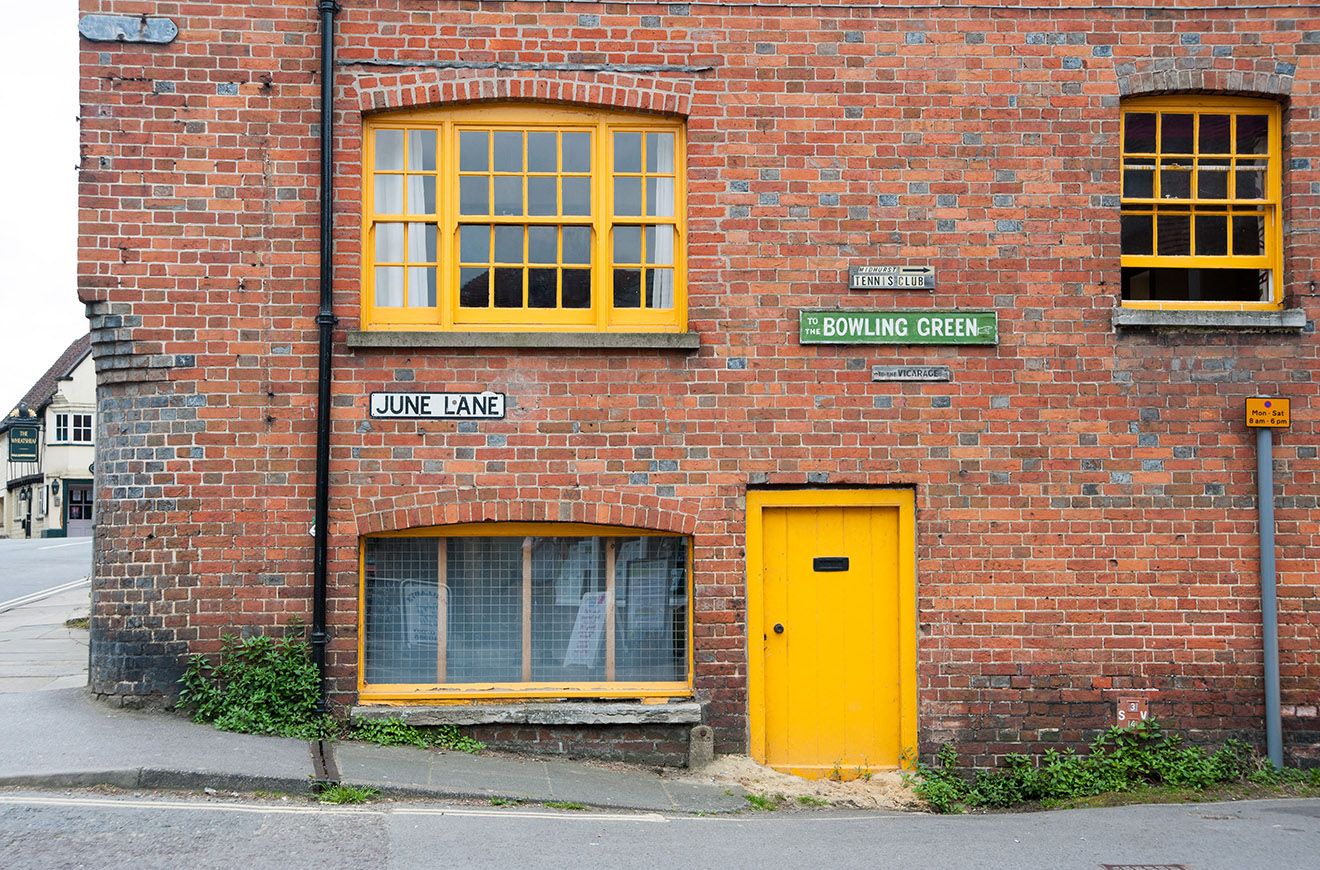
Prices of surviving properties are not always negatively impacted and greatly depend on location, according to Charlie Wells of Prime Purchase: ‘Very large houses require owners with deep pockets,’ he says, but the lack of the mansion doesn’t necessarily detract from the estate.’ Factors such as ‘proximity to London, beauty, even schools’ will offset any potential detriment. ‘Some may wish to construct a more manageable new country house,’ adds Mr Wells.
Although John Martin Robinson’s Felling the Ancient Oaks (2012) refers to instances in which the loss of the mansion lead to the piecemeal sale of estate buildings and their alteration and demolition, the desirability of estates without their houses remains strong. ‘If anything, it opens the marketplace,’ suggests James Brooke of Bidwells, ‘especially to commercial farming business and educational facilities’.
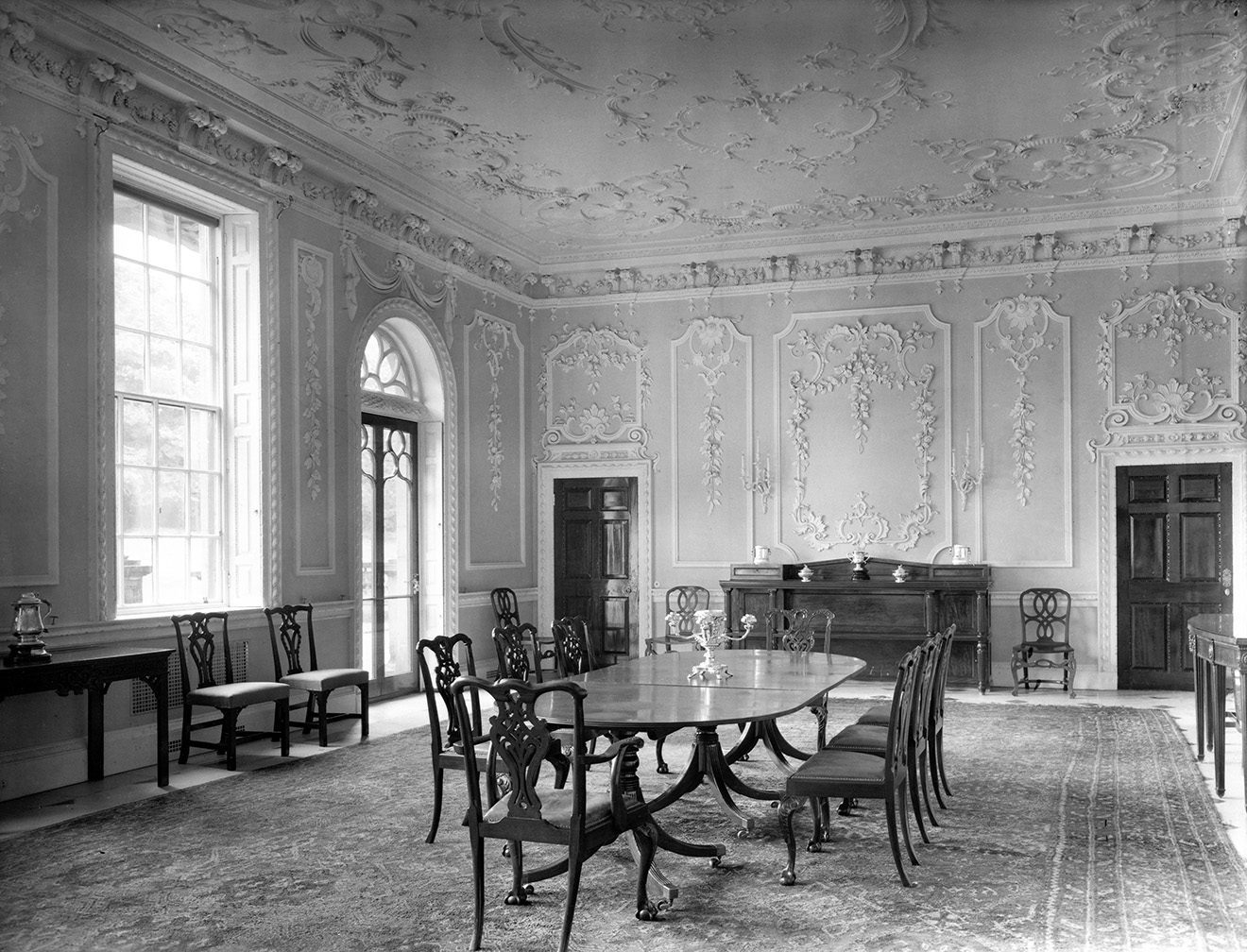
In 2015, Bidwells sold the Rushbrooke estate in Suffolk, including a village constructed in the 1960s. Despite the fact that its Jermyn-family-built house burnt down in 1961 when in the ownership of the Rothschilds, it sold very well. ‘Buyers want what they want,’ explains Mr Brooke. ‘Historical association doesn’t affect that.’
Mark McAndrew of Strutt & Parker says that, without a mansion, it’s the mix of components of what is left that’s vital, as well as location. ‘What is lost is the premium estate value.’
At Halnaby, the stables, rebuilt in 1911–12, are now a B&B and other surviving buildings prevail. The house that was there has become a curiosity, represented by snippets of its history, but, as elsewhere, whatever losses are in the past, the positive outlook is that what is departed doesn’t diminish what endures.
Lucy Denton is an associate in the Heritage and Research department at Bidwells. She has a family connection to George Gregory, the last owner of Halnaby Hall.
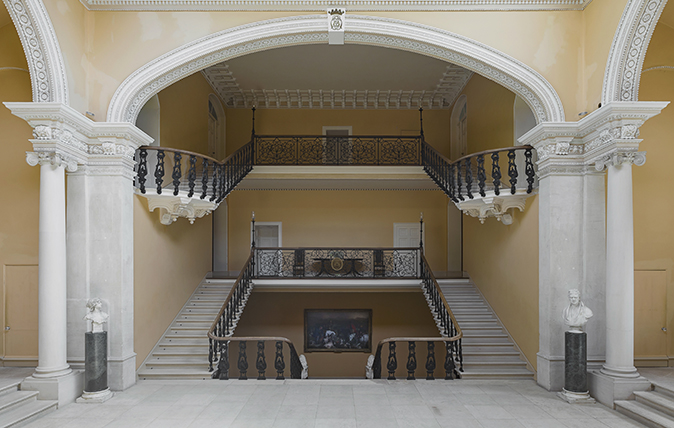
Marston House, Somerset: A magnificent example of Victorian enrichment of a great Georgian country house
One of the most important Georgian houses of south-western England has been rescued from the brink of demolition. John Robinson
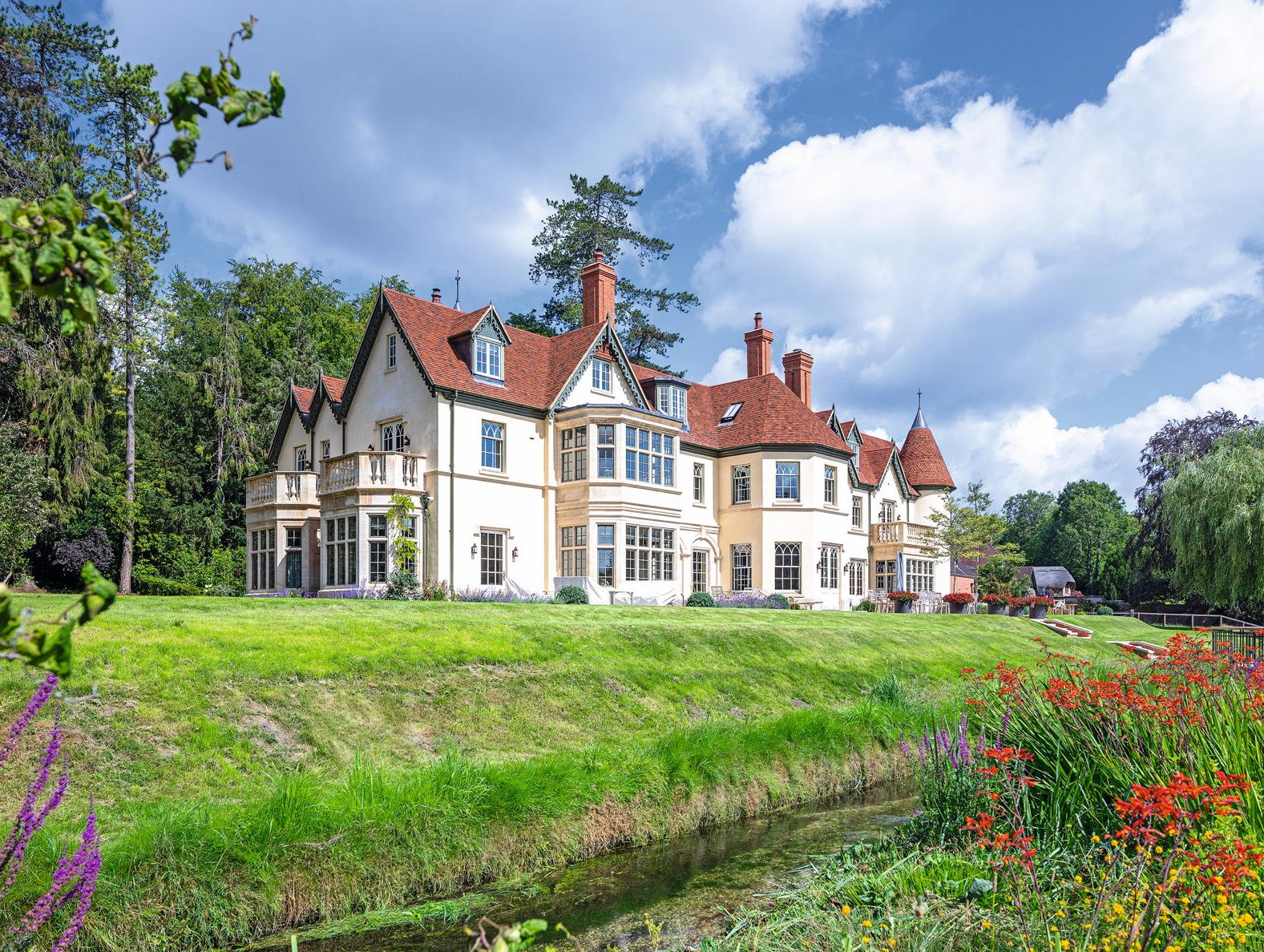
The best country house architects in Britain
Country Life has once again delved into its to update the list of the finest architects in Britain — an
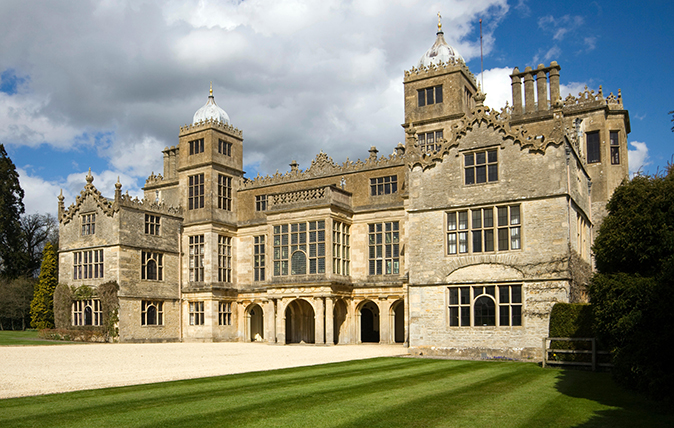
Credit: Alamy
Buying a listed building: The dos and don’ts you need to know
Buying a listed property in need of restoration is not for the faint of heart, but follow these few simple
Country Life is unlike any other magazine: the only glossy weekly on the newsstand and the only magazine that has been guest-edited by His Majesty The King not once, but twice. It is a celebration of modern rural life and all its diverse joys and pleasures — that was first published in Queen Victoria's Diamond Jubilee year. Our eclectic mixture of witty and informative content — from the most up-to-date property news and commentary and a coveted glimpse inside some of the UK's best houses and gardens, to gardening, the arts and interior design, written by experts in their field — still cannot be found in print or online, anywhere else.
